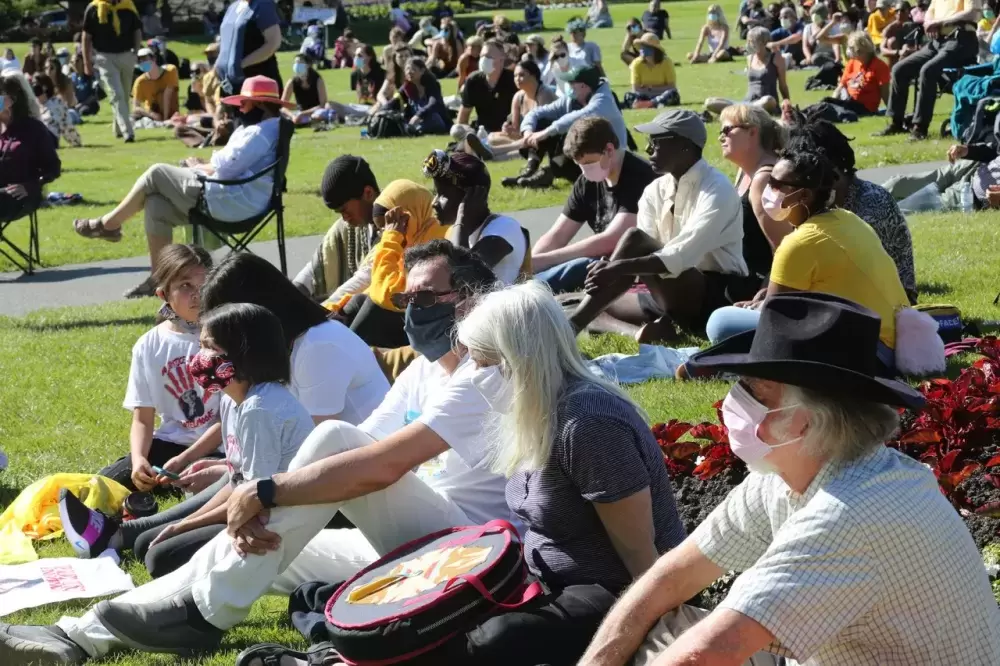Public health authorities are preparing for the “second wave” of the novel coronavirus, but numbers over this summer show that a surge in cases has already arrived.
Currently there are almost 800 active cases of COVID-19 in British Columbia, a number that steadily grew this summer since infections reached a low in early June. In an effort to better track how new infections are spreading, on Aug. 12 the province announced the hiring of 500 additional health professionals to find people who have been in contact with new cases, ensuring that necessary quarantine and preventative measures are followed to reduce further spread of the highly infectious respiratory disease.
“These new contact tracers will work with existing public health teams to help track down all those who may have been exposed and support people to self-isolate when necessary,” stated Dr. Bonnie Henry, B.C.’s provincial health officer in a press release. “This role becomes even more crucial to contain the spread as we continue to open up our schools, economy and social activities, and as we prepare for the upcoming cold and flu season this fall.”
During recent talks with First Nations representatives, Henry took interest in a model employed in 2007 to control a tuberculosis epidemic in Port Alberni. From 2006 to 2008, 33 cases of the lung disease were identified – a spread far above the modern rate of infection in B.C. - mostly affecting Indigenous people.
To control infection, a team of TB wellness workers were hired by the Vancouver Island Health Authority, with another wellness worker on staff with the Nuu-chah-nulth Tribal Council’s nursing department. Working full-time throughout the week, these workers focused on following up with confirmed cases, ensuring they were undertaking necessary actions for treatment and to prevent infecting others.
NTC nurse Francine Gascoyne is part of a working group exploring the TB model in place 13 years ago and how it could benefit the current pandemic. Some of the wellness workers were Nuu-chah-nulth and had extensive knowledge of who the infected people were in contact with.
“They already knew a lot of the people that were named as contacts,” said Gascoyne. “That whole relationship piece was key in the success of people that were on their treatment plan.”
NTC Vice-President Mariah Charleson said that the First Nations Health Authority is looking into seeing how the TB model could be applied to COVID-19. The approach would enable contact tracers to work with those who are already familiar with them.
“This would make contact tracing culturally sensitive, in a time where our health authority is being investigated on the racism that occurs within each health region of B.C.,” said Charleson. “Everyone at the table liked the model and there was a lot of excitement from it. There will be a sub-table formed as a result, and we should get some action on implementing this very soon.”
On Aug. 14 Ahousaht announced the infection of a member, the first Nuu-chah-nulth person confirmed to have COVID-19. Information provided by the FNHA ensured this case is not on Vancouver Island, but the news alerted health workers to prepare for future infections in First Nations communities on the island’s west coast.
“We don’t know how busy things are going to get if there’s to be a case,” said Gascoyne.
Like the novel coronavirus, tuberculosis spreads through the air when a contagious person coughs, sneezes, sings or talks. It usually affects the lungs, but COVID-19 presents different risks, including its highly infectious nature.
“There are things that we can take from our TB wellness model and apply it to COVID-19 contact tracers, but it will look different in the sense that the coronavirus is much more easily spread,” said Gascoyne. “A person with active TB, you have to be around them in an enclosed room for hours.”
Contract tracing during the current pandemic will also bring the need for face and hand coverings, among other equipment to ensure workers aren’t spreading the virus themselves.
“If they are going to be really close to a person that might have the virus, they’d have to be donned in PPE to ensure that they’re protected,” added Gascoyne.







